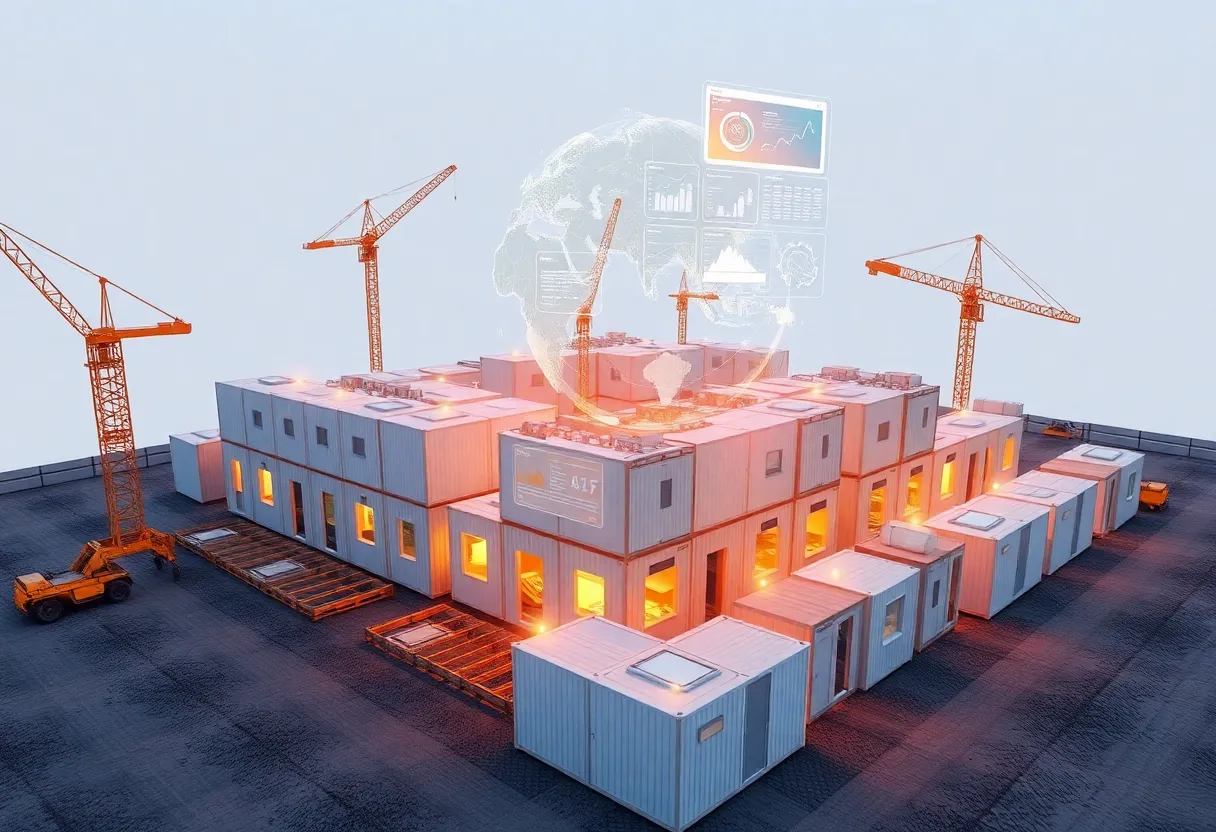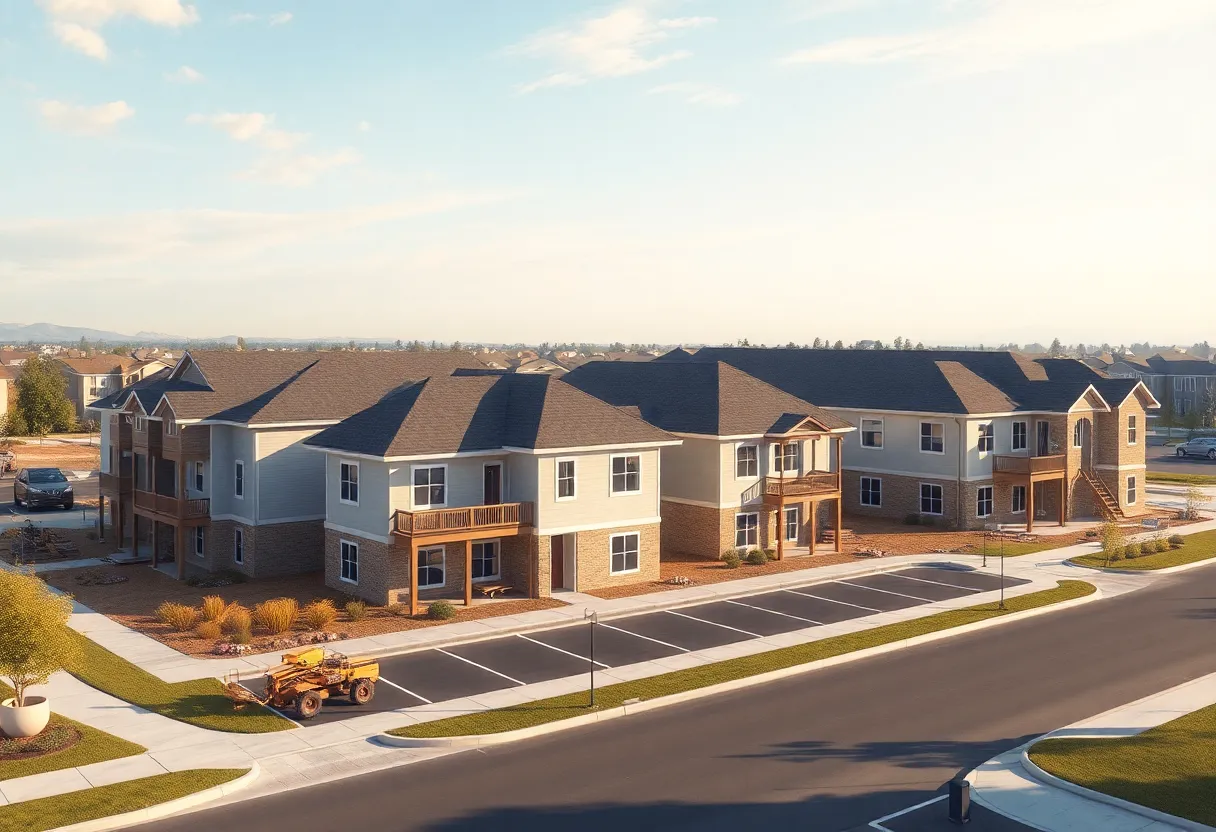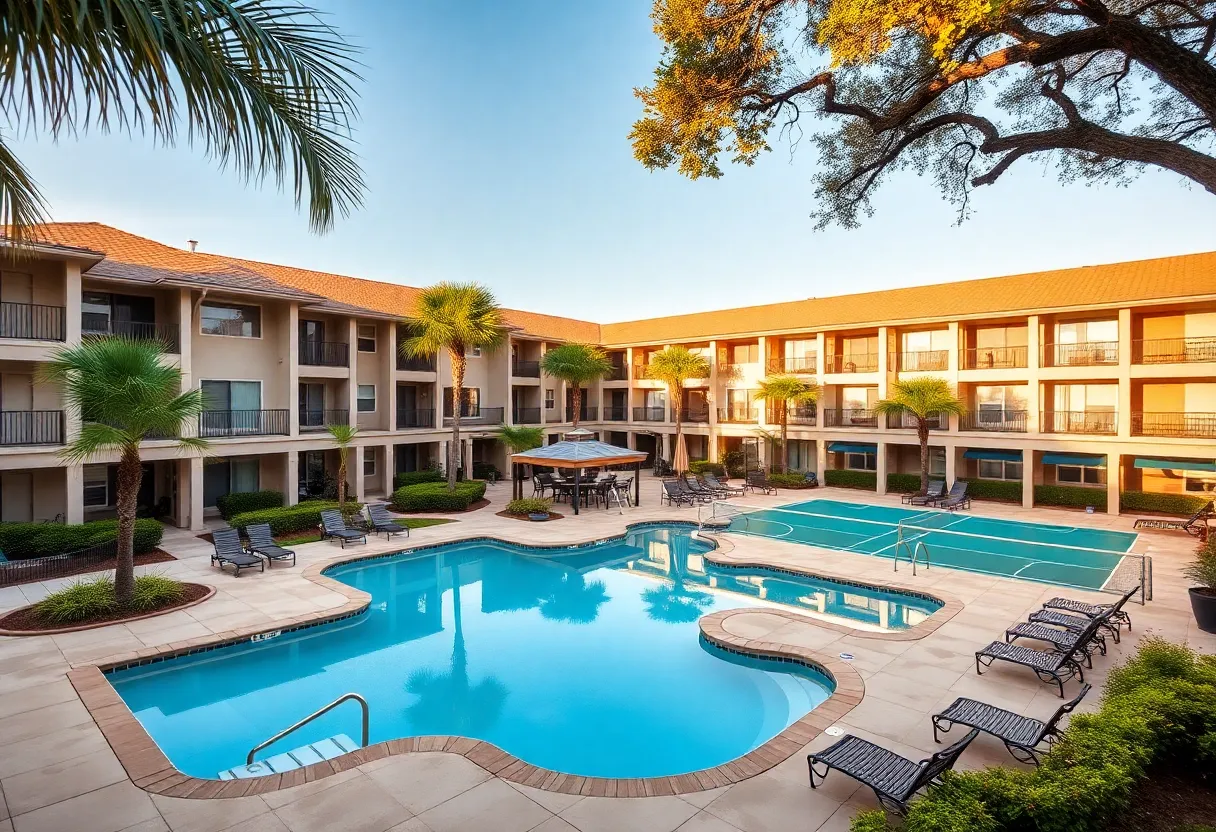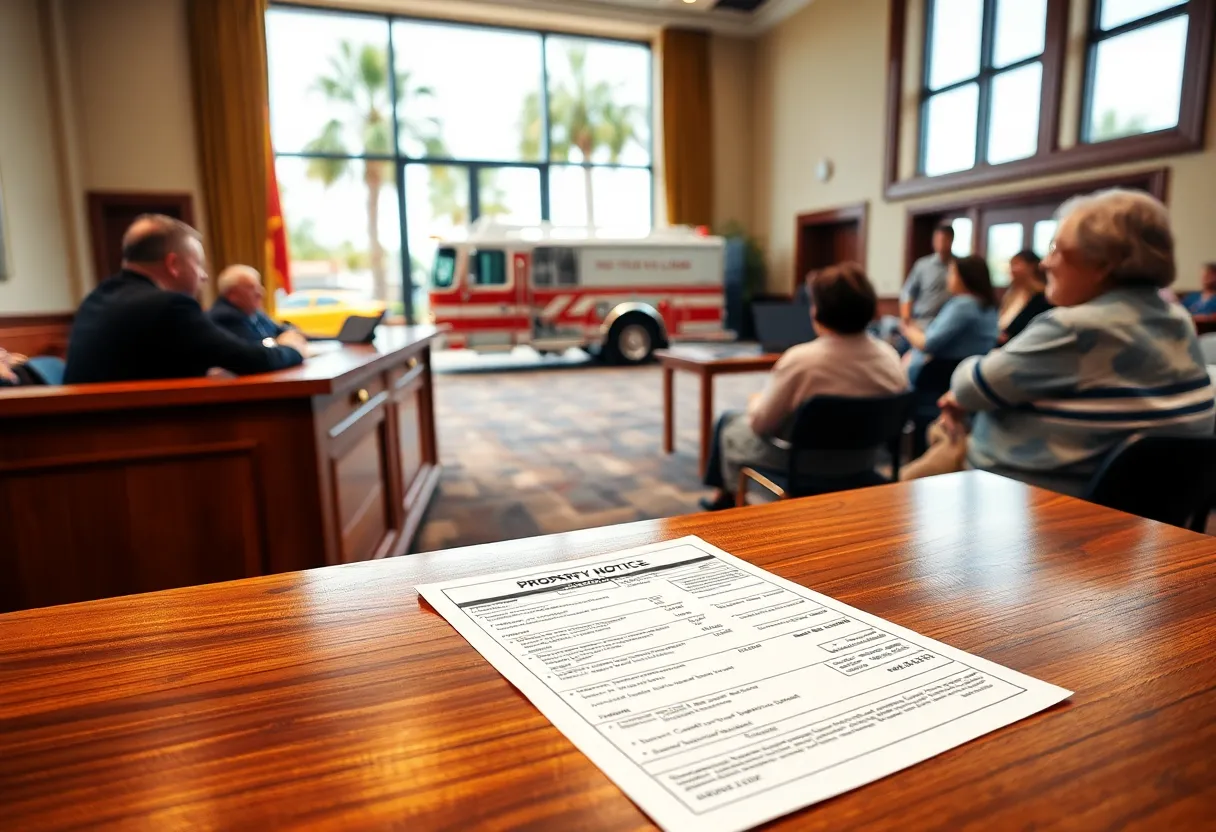Ansan, South Korea, August 19, 2025
News Summary
A research team at Hanyang University ERICA developed a digital twin–enabled facility management system (DT-FMS) to improve tracking, management and reuse of relocatable modular buildings. The platform integrates BIM, IoT sensors and GIS to create a real-time virtual model that supports monitoring, logistics and decision support across three layers: physical, digital and service. Tested on a relocatable modular school in South Korea, the framework improved module distribution, reuse and operational efficiency. Researchers say the approach can support circular construction by extending component life, though wider adoption needs data standards, sensor investment and manager training.
Hanyang University ERICA unveils a digital-twin framework to boost lifecycle management and circularity for relocatable modular buildings
The research team has introduced a digital twin–enabled framework designed to manage relocatable modular buildings (RMBs) across their entire life cycle and to encourage a circular approach in construction. The new system links physical assets with real‑time virtual models to support planning, operation, and relocation tasks across multiple sites. The framework targets the growing modular building sector by providing a structured way to track, monitor, and optimize modules as they move from one project to another.
What the framework does and how it is structured
At its core, the platform blends three core technologies Building Information Modeling (BIM), Internet of Things (IoT), and Geographic Information Systems (GIS). This combination enables three key capabilities: 3D modelling of modular components, sensor‑based monitoring across sites, and location‑driven logistics planning. The system is organized into three layers: physical, digital, and service.
In the physical layer, real‑world components—modules, equipment, engineers, and stakeholders—are tracked and communicated to keep everyone informed. The digital layer handles modelling, data integration, and analytics to turn raw sensor data into actionable insights. The service layer gives users tools to monitor, control, and make decisions that affect a building’s life cycle, from assembly through reuse or relocation.
Case study and practical results
A relocated modular school system in South Korea was used to test the framework. The study suggested improvements in how modules are distributed, reused, and managed, which can lead to lower operating costs and better energy efficiency over time. The findings point to tangible gains in efficiency and resource use as RMBs move through their expected lifespans and across different sites.
Why this matters for modular construction and the circular economy
The framework is designed to support the expanding modular building industry by offering a clear method to manage RMBs in a circular economy. By enabling reuse, reconfiguration, and smart relocation of modular units, the approach aims to minimize waste and maximize value throughout each asset’s life cycle. While the use of digital twins in modular construction has been limited, this work positions the technology as a practical tool for ongoing stewardship of modular assets.
Technology details and future potential
The platform’s three-layer design supports end‑to‑end management: the physical layer covers tracking across real-world components and people; the digital layer integrates data and analytics; and the service layer enables ongoing monitoring and decision‑making across a building’s life cycle. By linking BIM, IoT, and GIS, the framework supports 3D modelling, real‑time sensing, and location‑driven logistics, all of which are essential for coordinating relocatable modules as projects evolve. The study notes that, despite strong interest in digital twins elsewhere, their use in modular construction has been modest, and this framework seeks to change that trajectory.
Publication context
The framework and its findings were published in a peer‑reviewed journal early in the month. The research was led by an associate professor and included collaborative authorship, focusing on the potential to advance circular practices through digital twin technology in construction. The work emphasizes how virtual replicas, continuous data streams, and location data can drive decisions that reduce waste and improve asset value over time.
Authors and contributors
In addition to the lead researchers, the project involved co‑authors who highlighted the broader role of digital twins in promoting circular economy practices within construction. The study frames the DT‑FMS as a practical tool for managers, engineers, and stakeholders involved in RMB lifecycles.
Key terms for quick reference
Relocatable modular buildings, digital twin, DT‑FMS, BIM, IoT, GIS, life cycle management, circular economy, modular school system, modular construction, sensor data, logistics planning, reuse, relocation, energy efficiency, operating costs.
Context and publication details
The work contributes to ongoing efforts to improve the sustainability and efficiency of modular construction through digital methods. It highlights how real‑time data and location awareness can support better decisions about how modules are used, moved, and repurposed across different sites and projects.
Additional notes
While the framework shows promise, the article notes that real‑world implementation will require coordination among engineers, project managers, and site personnel, as well as robust data management practices to maximize benefits across multiple lifecycles.
FAQ
What is the DT‑FMS?
The DT‑FMS is a digital framework that links physical assets with real‑time virtual models to support the management of relocatable modular buildings across their life cycle.
What are RMBs?
Relocatable modular buildings are built from prefabricated modules that can be assembled, dismantled, and moved to new sites as needed.
Which technologies are combined in the framework?
The framework combines BIM, IoT, and GIS to enable 3D modelling, sensor monitoring, and location‑driven logistics planning.
What did the case study involve?
A relocatable modular school system in South Korea was used to test the framework, showing improvements in module distribution, reuse, and management efficiency, with associated reductions in operating costs and improvements in energy efficiency.
What is the potential impact on sustainability?
The framework aims to drive circular economy practices by enabling reuse, reconfiguration, and optimal relocation of modular units, thereby minimizing waste and maximizing value across a building’s life cycle.
Key features
| Feature | Description |
|---|---|
| Framework name | Digital twin–enabled facility management system for RMBs |
| Core technologies | BIM, IoT, and GIS integrated for modelling, sensing, and logistics |
| Architecture | Three layers: physical, digital, service |
| Purpose | Support life‑cycle management and promote circularity in RMBs |
| Case study | Relocatable modular school system in South Korea tested the framework |
| Expected benefits | Lower operating costs, higher energy efficiency, reduced waste, and more reuse opportunities |
Deeper Dive: News & Info About This Topic
Additional Resources
- KoreaTechDesk: E8 – Leading Korea’s digital-twin revolution with deep-tech innovation
- Wikipedia: Digital twin
- GIM International: Seoul Metropolitan Government collaborates on hyper-realistic digital twin project
- Google Search: relocatable modular building
- DroneLife: A model of Korea — the ambitious project to make a digital twin of a country
- Google Scholar: digital twin modular construction
- GeoWeek: Techtree Innovation & Seoul government digital twin project for urban safety services
- Encyclopedia Britannica: modular construction
- PR Newswire: LG Innotek collaborates to drive its digital-twin technology
- Google News: digital twin modular building South Korea





